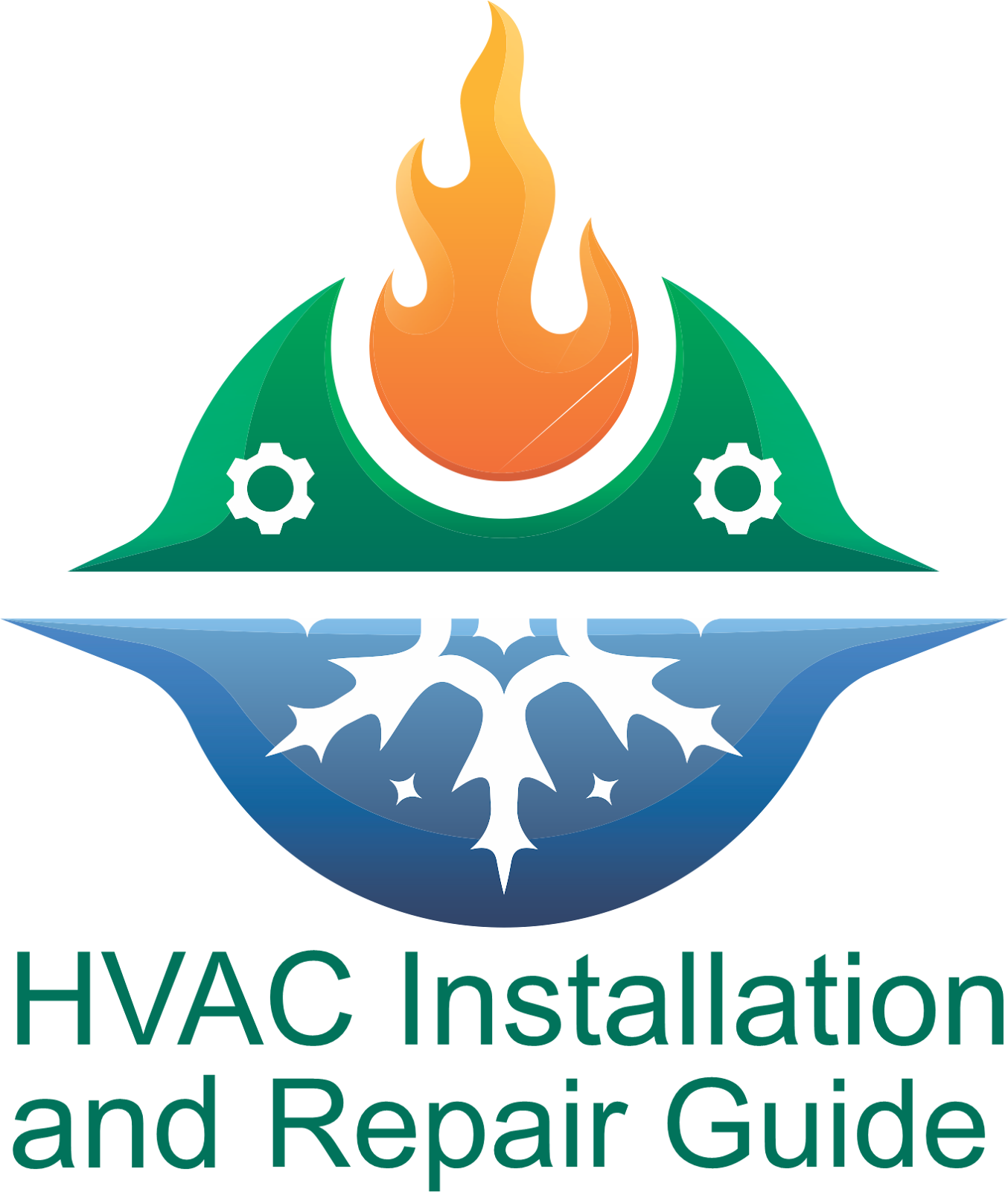How to Protect Yourself from Carbon Monoxide in the Winter
Families all throughout the nation are throwing parties, hosting holiday dinners, and cooking them during this season. During this time of year, many families forget to check their carbon monoxide detectors because they are too busy buying food, cleaning the house, and buying gifts.
Carbon monoxide: What is it?
Stoves, fireplaces, gas ranges, ovens, furnaces, and even cars, lawnmowers, and other gas-powered motors, all emit carbon monoxide. Because it is virtually undetectable unless a functioning carbon monoxide detector is installed in the home, this colorless, odorless, and tasteless gas is also known as "the silent killer." Infants, kids, adults, and even pets can die from carbon monoxide poisoning, which also causes nausea, vomiting, headaches, and dizziness.
According to the National Center for Environmental Health, around 50,000 Americans visit the emergency room each year due to carbon monoxide poisoning, and around 430 of them pass away as a result. As December gets closer, many people turn on their furnaces to stay warm. This can cause carbon monoxide poisoning if the equipment was built wrong or hasn't been serviced in a long time.
HVAC Installation and Repair Guide Experts, who are trusted heating, cooling, and plumbing experts in America and know how to avoid carbon monoxide poisoning all year long, want families to be safe during the holidays.
1. Install carbon monoxide detectors on each floor of your home
The greatest preventative step is to install a carbon monoxide alarm on each level of your home, including the basement and garage, and inside or outside of each bedroom, if your house has at least one fuel-burning furnace, linked garage, or fireplace. Check the batteries in your carbon monoxide detectors once a month if you currently have them.
To ensure they have the most recent equipment, it is advisable that homeowners upgrade their carbon monoxide detectors every five years. Consider upgrading to a smart carbon monoxide detector when looking for a new alarm. These detectors are easy to use, can last up to five years longer than regular detectors, and often work with your phone, Wi-Fi, and other smart home devices.
2. To guarantee appropriate ventilation and installation, schedule fireplace inspections
Warmth is provided by gas and wood fireplaces, which also create the ideal cozy atmosphere in your house. However, they can generate carbon monoxide in the house if they aren't maintained or ventilated effectively because of incomplete combustion or other circumstances. Make an appointment to have a chimney inspection and a fireplace inspection performed each year.
3. Warm up your vehicle outside of your garage
It's tempting to warm up your car in the warmer confines of your garage with the door open, but carbon monoxide poisoning is easily caused by automotive fumes in a small space. Additionally, toxic gases like carbon monoxide can enter the house through a connected garage. Always warm up your automobile outside of the garage with the garage door closed to protect you and your family. Use this advice for anything that runs on gas, such as snowmobiles, gas generators, lawnmowers, and snowblowers.
4. Never use your stove or oven to heat your home quickly
We all know that the oven and stove are completely safe kitchen appliances when used properly for cooking. However, until the furnace is fixed, it is never safe to offer heat inside a home if the furnace breaks down in the middle of winter. The improper usage of this equipment might result in the dangerous gas lingering within the house without being evacuated, which can cause carbon monoxide poisoning and death. Instead, use a well-ventilated and well-kept fireplace or a space heater, making sure to follow the manufacturer's instructions for safety.
5. Schedule a home inspection or an HVAC tune-up
The security of you and your family may be jeopardized by cracks and leaks around the heat exchanger in the furnace. Bring in a specialist to examine your HVAC system if your home needs a seasonal inspection. The ductwork in your home might require replacement if:
- Your ducts are older than fifteen years.
- It's really dusty in your house, or your allergies are worse at home.
- Specific rooms' temperatures cannot be controlled.
- Ducts that have been crushed are visible.
- Your HVAC system is on, and you can smell a distinct musty odor.
- You're not only protecting yourself and your family from a broken furnace in a chilly or freezing environment; you're also protecting them from carbon monoxide poisoning.
Tags
ac repair
ac repair installation
ac replacement
Air Conditioner Repair
air conditioning replacement
ductless mini-splits
Furnace Installation
Furnace repair
HVAC Installation
HVAC repair

